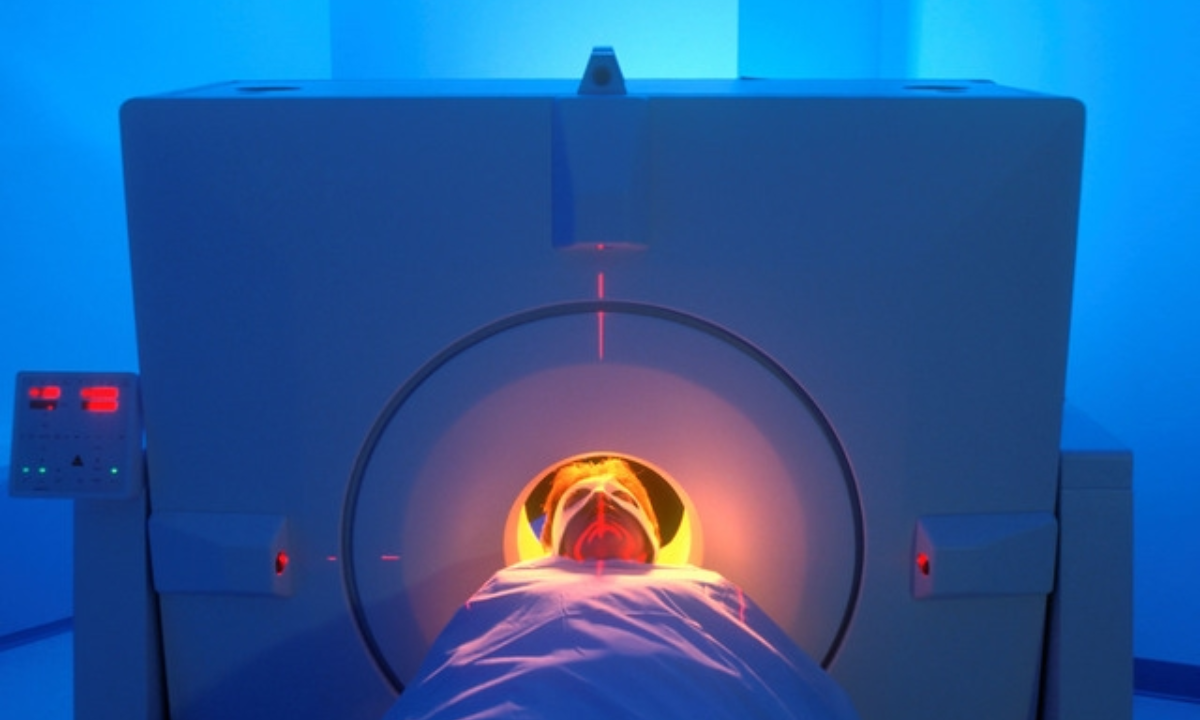PSMA PET scans are an innovative imaging tool that can help doctors better detect and understand prostate cancer. As these scans become more common, more men may undergo a PSMA PET exam to inform their treatment options. This article will give you an overview of what to expect from one of these scans in straightforward terms.
A PET scanner then detects the radioactive emissions and generates detailed 3D images of where the tracer built up. Areas that light up could indicate prostate cancer has spread beyond the prostate gland to places like bones or lymph nodes. This helps doctors stage how far the disease has progressed.
In terms of what to expect on the day, you’ll need to avoid eating or drinking for a few hours beforehand. An IV will be inserted to administer the tracer. You’ll lie still in the scanner ring for 30-60 minutes as it takes pictures. It’s painless but noisy, so music may be provided. Results are usually available in a few days to guide the next steps.
What is a PSMA PET Scan?
A PSMA PET scan uses radioactive tracers and positron emission tomography (PET) imaging to locate prostate cancer cells in the body. PSMA stands for prostate-specific membrane antigen, a protein that is highly expressed on prostate cancer cells.
During the scan, a small amount of a radioactive PSMA tracer is injected into the patient’s bloodstream. This tracer travels through the body and is absorbed more by prostate cancer cells than by normal cells since they contain higher levels of PSMA.
A PET scanner then detects the radioactive emissions from the tracer and creates detailed 3D images of where it has accumulated in the body. Areas of radioactivity on the images indicate the likely presence of prostate cancer metastases or residual tumor following treatment. This allows doctors to see if and where the cancer may have spread beyond the prostate to other organs like the bones or lymph nodes.
Getting Ready and What Happens During Your Scan
To prepare for a PSMA PET scan, patients are asked not to eat or drink anything for 4-6 hours before the appointment time. Some medications may also need to be withheld prior to the scan. On the day of the procedure, an intravenous (IV) line will be placed in the arm or hand to administer the radioactive PSMA tracer injection.
Patients will need to lie still inside the PET scanner ring or donut shape for approximately 30-60 minutes while the tracer circulates and the scanner takes images. The scanner is painless but can be loud, so headphones with music may be provided. No discomfort is felt from the tracer itself. Patients are encouraged to relax and remain as still as possible during imaging to avoid blurring.
Understanding Your Results
After the scan is complete, the images will be analyzed by a specialized radiologist or nuclear medicine physician. They will examine the pictures for areas of radioactivity that could indicate prostate cancer spread. Results are usually available within a few days. If abnormalities are detected, the doctor will determine if follow-up tests like biopsies are needed.
PSMA PET scans are very sensitive for detecting recurrent or metastatic prostate cancer, but false negatives are possible if tumors are too small. While not definitive, these scans provide valuable information to help guide treatment planning along with other test results and the patient’s medical history. The results can help determine if additional local therapy or systemic treatments like chemotherapy or hormone therapy may help.
Is It Safe? Insurance Coverage?
PSMA PET scans expose patients to a very small amount of radiation from the radioactive tracer, which is much less than a standard CT or nuclear bone scan. Risks are very low and usually outweighed by the diagnostic benefits. In rare cases, some people may experience minor side effects like headache or nausea from the IV tracer injection but these typically resolve quickly.
Insurance coverage for PSMA PET scans varies between providers and policies. Some private insurers have begun covering the scans for certain prostate cancer indications like recurrence monitoring or staging high-risk disease.
Medicare and Medicaid coverage is still limited to clinical trials in most areas currently. Patients are advised to check with their insurance provider about coverage requirements for a PSMA PET scan prior to scheduling the procedure.
What Are The Risks Of a PSMA PET Scan?
- Radiation exposure: As with any medical imaging test that uses radiation, a PSMA PET scan exposes the patient to a small amount of ionizing radiation from the radioactive tracer. However, the effective radiation dose is typically lower than a CT scan or nuclear bone scan. The benefits are considered to outweigh the minimal risks.
- Allergic reaction: In rare cases, patients may have an allergic reaction to the radioactive tracer injected during the scan. Mild reactions like nausea or headache are more common. More severe reactions like trouble breathing would require immediate medical attention.
- Incidental findings: There is a small possibility that the PSMA PET scan could detect other unrelated medical conditions or abnormalities in other organs besides prostate cancer. This could lead to additional testing, anxiety, or changes in medical management.
- False positives/negatives: No test is perfect. It’s possible in some cases for a PSMA PET scan to incorrectly indicate the presence of cancer in an area where it does not actually exist (false positive). False negatives where cancer is missed are also possible if tumors are too small to detect.
- Interference from other factors: Certain medical conditions or recent procedures using iodinated contrast dye or radiotracers could potentially interfere with scan interpretation. Medications may need to be withheld prior to the exam as well.
In general, though, PSMA PET scans are considered very safe when performed according to protocol by trained medical professionals. The radiation exposure is low and serious complications are exceedingly rare. As with any medical test, the benefits usually outweigh the small risks involved.
What Are Some Treatment Options For Prostate Cancer?
- Active surveillance – For low-risk prostate cancer, this involves closely monitoring the cancer with tests but not initially treating it. It delays or avoids treatments until signs the cancer is growing.
- Radical prostatectomy – Surgical removal of the entire prostate gland. It is one of the main treatment options for localized prostate cancer.
- Radiation therapy – Uses high-energy x-rays or other radiation to kill cancer cells. Options include external beam radiation, brachytherapy (internal radiation), and proton beam therapy.
- Cryosurgery – The prostate is frozen with probes inserting very cold temperatures to destroy cancer cells.
- High-intensity focused ultrasound (HIFU) – Precisely focused ultrasound beams are used to heat and destroy targeted tumor tissue within the prostate.
- Hormone therapy – For advanced prostate cancer, medications are used to block the body’s production or response to male hormones (androgens) like testosterone that can fuel prostate cancer growth.
- Chemotherapy – Powerful drugs are used to kill fast-growing cancer cells, typically for late-stage metastatic prostate cancer.
- Immunotherapy – Drugs that help boost the body’s immune response against prostate cancer cells, such as Sipuleucel-T or checkpoint inhibitors.
- Palliative care – Focuses on relieving symptoms and improving quality of life when treatment is no longer slowing the cancer’s progression.
The best treatment depends on many factors like cancer extent/stage, grade, PSA levels, and patient health/preferences. Active surveillance may be an initial option for low-risk disease while more aggressive local therapies aim to cure higher-risk, localized prostate cancer.
Conclusion
So there you have it – that’s what to expect from a PSMA PET scan. Basically, you’ll need to fast for a bit before the scan, have a radioactive tracer injected via an IV line, and then lie still in the scanning machine, which can be a bit noisy, for about half an hour to an hour.
This imaging technique provides doctors with detailed images of what’s happening inside your body and is a vital tool in the fight against prostate cancer. With these scans becoming more common, they’re playing an increasingly crucial role in guiding treatment decisions. The results are typically ready in a few days to help decide the plan of action.
KIRAN PET/CT CENTRE is always a viable option in all regards with end to end PET scan & other imaging techniques. Reach out to 7090270904 for any type of scans in Bangalore at reasonable pricing.






